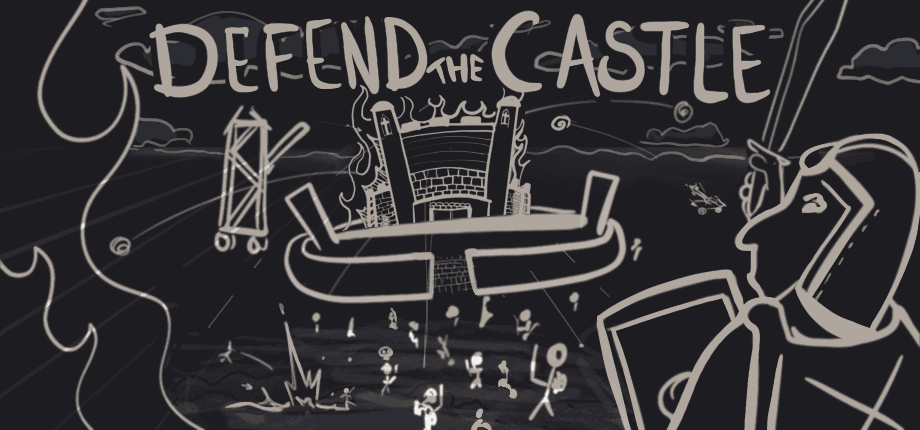Mastering Markdown for Game Development Docs

Why Markdown is a Game Changer for Game Devs
In the fast-paced world of game development, clear and concise documentation is crucial. Whether you're writing a Game Design Document (GDD), creating tutorials for your team, or just keeping personal notes, Markdown is an invaluable tool. It's simple, fast, and converts easily to HTML.
Essential Markdown Syntax
Here are some of the most common Markdown features you'll use daily.
Headers
Use hash symbols (#) for headers. More hashes mean a smaller header.
# Main Title (H1)
## Sub-section (H2)
### Smaller Heading (H3)
Lists
Unordered Lists (using *, -, or +):
- Player Mechanics
- Enemy AI
- Level Design
Ordered Lists:
- Prototype the core loop.
- Add art assets.
- Playtest and iterate.
Text Formatting
You can make text bold, italic, or code.
**Bold Text**
*Italic Text*
`Inline code for variables like 'playerScore'`
Blockquotes
Use > to create a blockquote. This is great for highlighting important notes.
Remember to always back up your project before making major changes.
Code Blocks
Showcasing code is essential. Use triple backticks and specify the language for syntax highlighting.
// Example of a simple player health script in TypeScript
class Player {
private health: number = 100;
takeDamage(amount: number): void {
this.health -= amount;
if (this.health <= 0) {
this.die();
}
}
die(): void {
console.log("Player has been defeated!");
}
}
Links and Images
Links are easy to create.
Images use a similar syntax with a ! at the beginning.

By mastering these simple Markdown features, you can significantly improve your workflow and the quality of your documentation. Happy coding!